Contemporary review originally published in examiner.com December 2010
Om du bygger det, så kommer de. Or translating the Swedish into English, if you build it, they will come. The “it” in this case is Saab, particularly for this car review, it is the Saab 9-5. Or even more specifically, the 2011 Saab 9-5 Turbo4.
The 2011 Saab 9-5 is the Swedish manufacturer’s flagship sedan, topping a line that includes variations on the Saab 9-3, including sedan, wagon and convertible, and the Saab 9-4x, a crossover sharing its platform with the Cadillac SRX and built by GM in Mexico. All of the current models were designed and engineered under the GM regime, the basic GM Epsilon II platform used under the Saab 9-5 designed primarily by Opel engineers and utilized by German Opel Insignias and the Chevrolet Malibu in the U.S.
Although things have changed since Spyker bought Saab from GM–the 9-5 was originally slated to be put together in the Opel’s Russelsheim assembly plant but is now made in Saab’s Trollhattan, Sweden, facility–the 2011 Saab 9-5 is just about the way it was going to be when GM bowed out.
Obviously, then, someone at GM had given someone in Sweden a lot of opportunity to make a lot of decisions, and that someone–or someones–made all the right ones. The Saab 9-5 hit its mark in being (a) a genuine player in the premium class and (b) Swedish. Both are important. Economies of scale won’t let Saab compete anywhere but the premium class, where larger margins can make up for smaller production numbers. And without being Scandinavian, the Saab 9-5 gives up its soul.
Saab, of course, has its aircraft heritage (Svenska Aeroplan Aktiebolaget–or Swedish Airplane Incorporated), and the Swedish designers who were free to develop a new body for the 2011 Saab 9-5 drew on Saab’s aeronautic background as well as earlier Saabs–which in turn were aircraft inspired–which led to the rounded and aerodynamic contours of the Saab 9-5.
Saab designers maximized the curvature of 9-5’s windshield, a hallmark of early Saabs–aircraft. The glass is bent as much as possible without creating distortion, and the effect is heightened by the blacked-out A-pillars and B-pillars.
The front of the car matches that of recent Saabs, giving the 2011 Saab 9-5 a familiar face, while the sides of the car just looked, well, streamlined, using a slightly archaic but still valid term. It blends into a concave rear deck with a slight tunnel look to the rear window, all of which recalls the Saab 99 of the 1970s. A novel feature is a clear aquamarine band from taillight to the other that illuminates in red when the lights are on.
The interior speaks Saab too. The dash has the inverted hockey stick design of recent Saabs, wrapping the instrument panel into the center stack and then down to the center console. Our test 9-5 included a proximity key with pushbutton starting, so instead of the ignition key “on the floor”–a Saab tradition–, Saab designers put the start/stop button on the console instead. Traditions are traditions.
The instrument panel is distinctly Saab. The bright green needles weren’t used on any earlier Saab, but something has to be new, as is the speedometer face filled with the info center and trip computer. The trip computer includes the usual data, but one readout is peculiar, a digital representation of a drum-type gauge–as per an aircraft altimeter, though this reads miles per hour. How odd to have a speedometer inside a speedometer. Don’t expect to get away with telling Officer Friendly you didn’t know how fast you were going.
All Saab 9-5s also come with a turbo boost gauge. It’s not calibrated, just a white zone and a red zone, though when we’re accelerating, we’re usually too busy watching the road and tachometer to read the boost gauge. Again, it’s part of Saab’s heritage. Saab has produced turbocharged engines since the late 1970s. Saab did turbos before it was cool, while it was cool, after it was cool, before it was cool and now that turbos are cool again, well, Saab knows turbos.
The 2011 front seats are wide and comfy but still supportive. Saab, like another Swedish car company, is well known for comfortable seats. Surprisingly, the rear seat is just as comfortable, and if there were a shorter version, Saab would be justified in putting a “L” at the end of the model name. Legroom is definitely in the “long wheelbase” range.
Our test car was a 2011 Saab 9-5 Turbo4 Premium with an automatic transmission. The Turbo4, as its name suggests, has a turbocharged four-cylinder engine. It comes with front-wheel drive–something Saab has been doing since 1949–and a choice between a six-speed manual or six-speed automatic transmission.
The other engine available in the U.S. is a 2.8-liter turbocharged V-6, available only with a six-speed automatic and offered in the 2011 Saab 9-5 Turbo6 XWD (for “cross-wheel drive”, Saab version of all-wheel drive) or the 2011 Saab 9-5 Aero, also with cross-wheel drive, we suspect to keep the front-wheel drive torque steer under control.
Not that we experienced dodginess with the four-cylinder, though it’s not from a lack of power. The 2.0-liter twin-scroll turbo is rated at 220 horsepower at 5300 rpm with a healthy 258 lb-ft of torque at 2500 rpm. The relatively low torque peak means the Saab 9-5 Turbo4 has a gutsy feel around town and helps acceleration across the rev range. And while the four is silent at cruise, it makes an energetic velvet growl during acceleration, a sound we like better that turbo six. The turbo four was always a Saab thing, the V-6 something that GM foisted on them.
Saab Sensotronic, what Saab calls manual operation of the automatic transmission, comes on all models with the automatic. For manual mode, the transmission can be tip-shifted with the gear selector or shifted via the paddles on the steering wheel. Either way, the automatic is quick to respond–not dual-clutch fast, but quick–so there’s no shift and wait, or worse, shift and bounce off the rev limiter until the automatic gets around to actually changing gears.
Our test 2011 Saab 9-5 Turbo4 had the base suspension, with MacPherson struts up front and a four-link arrangement at the rear. The V-6 powered/all-wheel drive versions have an “enhanced” strut system Saab calls HiPerStrut in front and H-arm suspension in the rear. A driver-selectable suspension setting is available on the 9-5 Aero. But even without all the fancy stuff, the 9-5 Turbo4 handled well. Despite built-in bunge, our tester was predictable in corners and not likely to scare passengers any more than the driver does. Ride was smooth and quiet on the highway.
Saab doesn’t dabble in the premium market for free. The 2011 Saab 9-5 Turbo4 price starts at $38,535 with the manual transmission. The Saab 9-5 Turbo4 Premium/automatic transmission we tested had a base price of $43,435. The only option added was park assist for $495. The 9-5 Turbo6 starts at $48,030 and the Aero at $49,565.
Saab’s challenge–other than just keeping the cash flow, well, flowing–is to convince European premium intenders–OK, folks who are thinking about buying a German car–to shop the Saab store. We think they should. Saab has built it. Now så kommer de.
Has is really been a decade—a whole ten years—since Saab shut down its assembly line and closed the doors to its factory in Trallhattan. (That name, by the way, comes from islands in the river Göta Älv that look like the hats of trolls, the trolls presumably under water). The story of Saab, the aircraft builder that wound up making cars after World War II as a way of surviving a peacetime without a need for military aircraft, began to spiral in when the company sold half of its auto manufacturing to General Motors in 1990 and the rest in 2000.
The General would attempt platform sharing and rebagoing but the government bailout of General Motors spelled the eventual end of the company’s boutique Swedish division. A buyout by Chinese interests was rejected by GM (although General Motors has quietly pursued joint ventures in People’s Republic of China), and Saab would up being bought by the even boutiquer Dutch exotic carmaker Spyker. Alas, with only a handful of a new generation of Saab 9-5 were made. A few of them made it to dealers in the U.S., and several were in the press fleet as the house of cards finally collapsed. The car I tested was one of the final Saabs ever to be made.











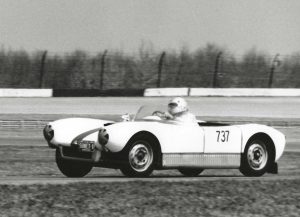
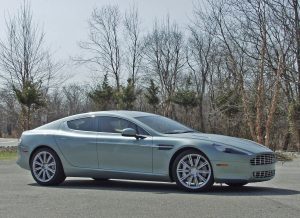
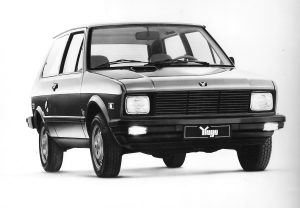
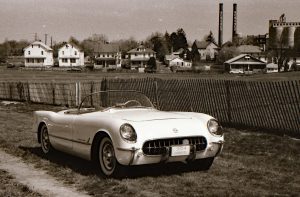
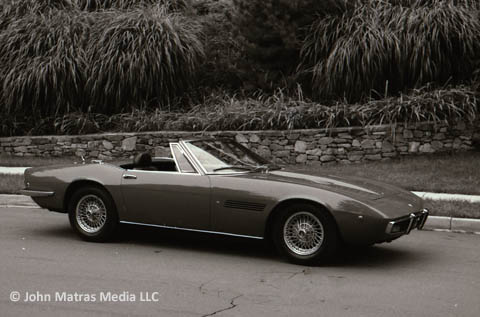
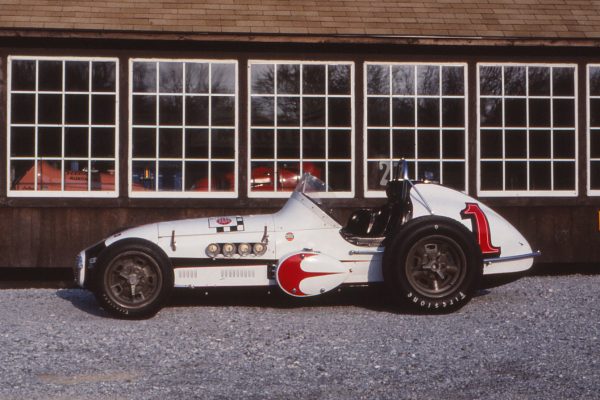
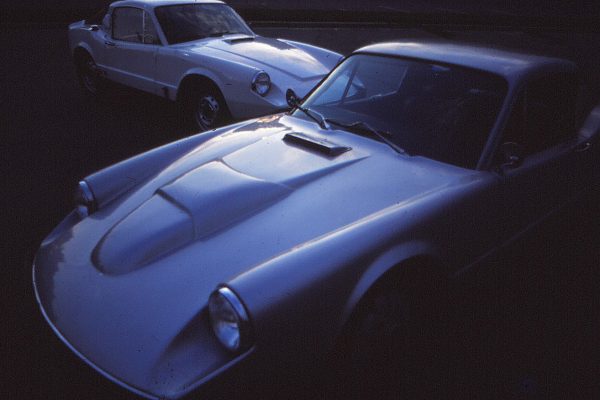
What Do You Think?
You must be logged in to post a comment.